Esztergom Day Trip from Budapest: History, Attractions, and Practical Tips
About an hour from Budapest, there's this amazing city called Esztergom where Hungarian history really comes alive. This old royal capital sits right on the Danube Bend and has this massive Basilica, old castle ruins, and something pretty cool - you can actually walk across a bridge into Slovakia for coffee. People call it the "Rome of Hungary," and we think it makes for a perfect day trip that mixes serious history with beautiful river views.
This place is way more important than just another pretty town. Esztergom was Hungary's first capital and where St. Stephen (the guy who founded Hungary) was born. The huge Basilica you see dominating everything sits exactly where Stephen got crowned king in 1000 AD. That's when Hungary as we know it really started. When we visit, we always climb up the dome for those incredible views, walk through the old castle, and take that fun stroll across the Danube into Slovakia. You can do all this in one day, which is pretty amazing when you think about it.
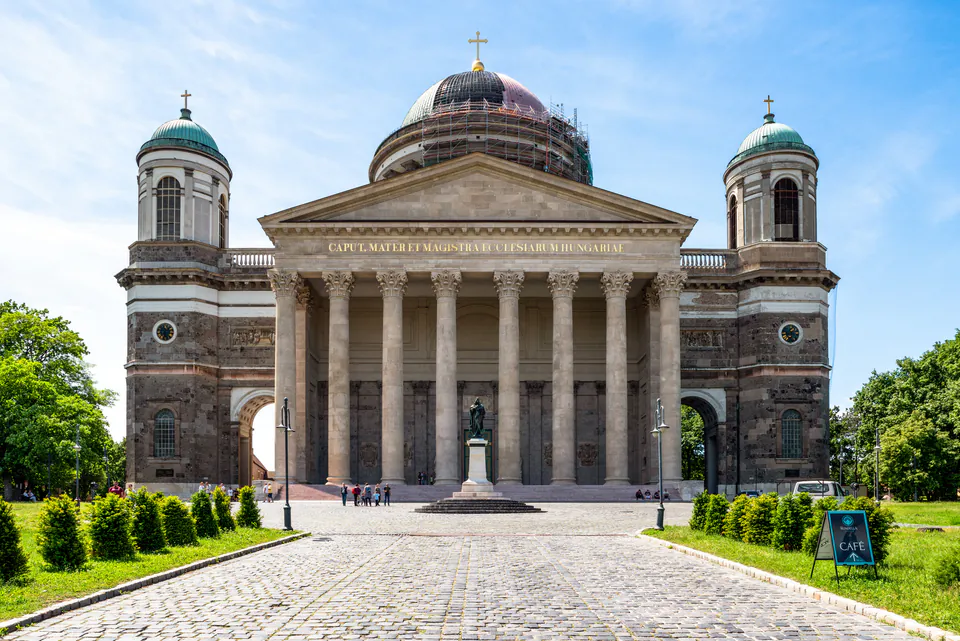
How to Get to Esztergom from Budapest
There are several good ways to get from Budapest to Esztergom, and each one has its own perks depending on what you're looking for. The trip itself is actually part of the fun, especially if you take the train along the scenic Danube Bend or hop on a boat.
Train - The Pretty Route
Trains leave from Budapest-Nyugati station every 30 minutes to an hour, and this is what most people choose. Takes about 1 hour to 1 hour 15 minutes, and you get some really nice views as the train follows the Danube Bend. We always recommend this option because it's reliable and not too expensive. A one-way ticket costs around 1,000-1,200 HUF, and you can buy tickets online through the MÁV website or at the station machines.
Bus - Direct and Easy
Bus 800 leaves from Árpád híd bus station about every 30 minutes, plus there are extra buses from Flórián tér. Takes about the same time as the train - around 1 hour 5 minutes to 1 hour 20 minutes. Costs about 840-930 HUF, and you can often buy tickets from the driver or through the Volánbusz app. If you're planning to travel around Hungary a lot, the Hungary Pass is really good value.
Boat - The Danube Way
From May to September, Mahart PassNave runs a hydrofoil service on Fridays, Saturdays, and Sundays. Leaves from Vigadó tér Shipstation and takes about 1 hour 40 minutes, but the views are incredible. You'll see Visegrád Castle and the Esztergom Basilica getting bigger as you approach from the water. It's more expensive at 12,000 HUF one-way (16,000 HUF return), but we think the experience is worth it if you have the budget.
Transportation Options to Esztergom
| Transport Mode | Departs From | Journey Time | Cost (One Way) | Key Benefits |
|---|---|---|---|---|
| Train | Budapest-Nyugati | 1h - 1h 15m | 1,000-1,200 HUF | Scenic, frequent, widely recommended |
| Bus 800 | Árpád híd Bus Station | 1h 5m - 1h 20m | 840-930 HUF | Direct, good alternative option |
| Hydrofoil | Vigadó tér Shipstation | 1h 40m | 12,000 HUF | Seasonal, very scenic, reservation required |
| Car | Your Location | 50m - 1h 15m | Varies | Flexible, explore wider region |
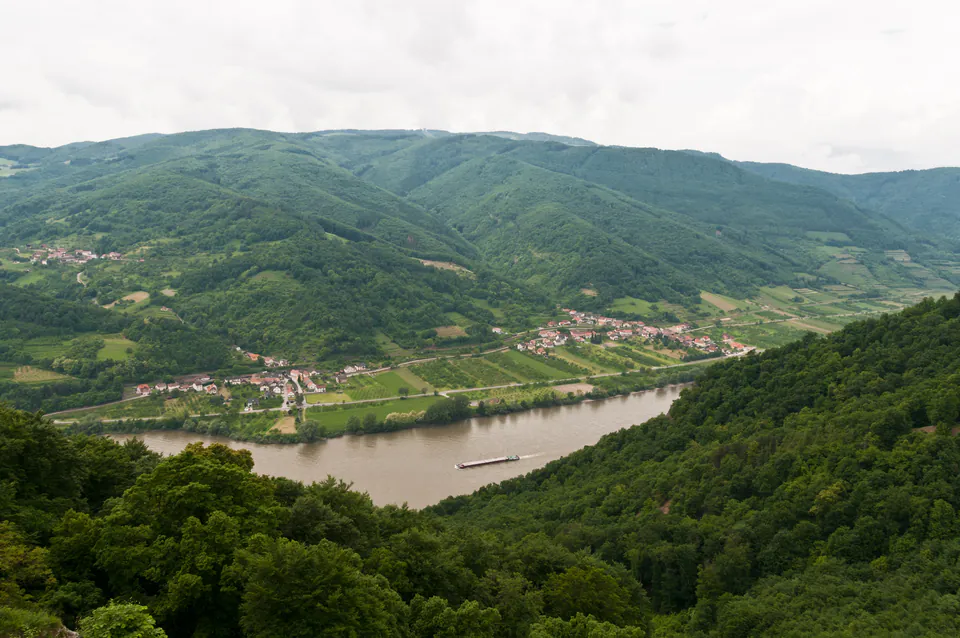
What to See in Esztergom
Esztergom's main attractions tell the whole story of Hungarian history through amazing buildings and priceless art. The historic center is pretty compact, so you can walk through centuries of history in just a few hours.
Esztergom Basilica - Hungary's Biggest Church
This Basilica is impossible to miss. Its huge dome is visible from kilometers away across the Danube Bend. As Hungary's largest church and one of the biggest in Europe, this place is seriously impressive. It sits on the exact spot where St. Stephen's original cathedral was built in 1010. The current building was constructed between 1822 and 1860, and they modeled it on St. Peter's Basilica in Rome.
When we first walked inside, we were blown away by how massive it is. It's 118 meters long by 48 meters wide and has the world's largest altarpiece painted on a single canvas by Michelangelo Grigoletti. Fun fact: Franz Liszt wrote his famous "Missa Solennis" specifically for when this Basilica opened in 1856, and he conducted the first performance himself.
Climbing the Dome is what most people come for, and we totally get why. It's about 400 steps, but the views from up there are incredible. You can see all of Esztergom, the winding Danube, and across to Slovakia. The dome is 106 meters high, so it's quite the climb, but trust us on this one.
The Treasury has centuries of religious art with medieval goldwork, fancy textiles, old chalices, and ornate vestments. The Crypt goes down 50 steps into these atmospheric vaults built in Old Egyptian style. It's where lots of archbishops are buried, including Cardinal József Mindszenty.
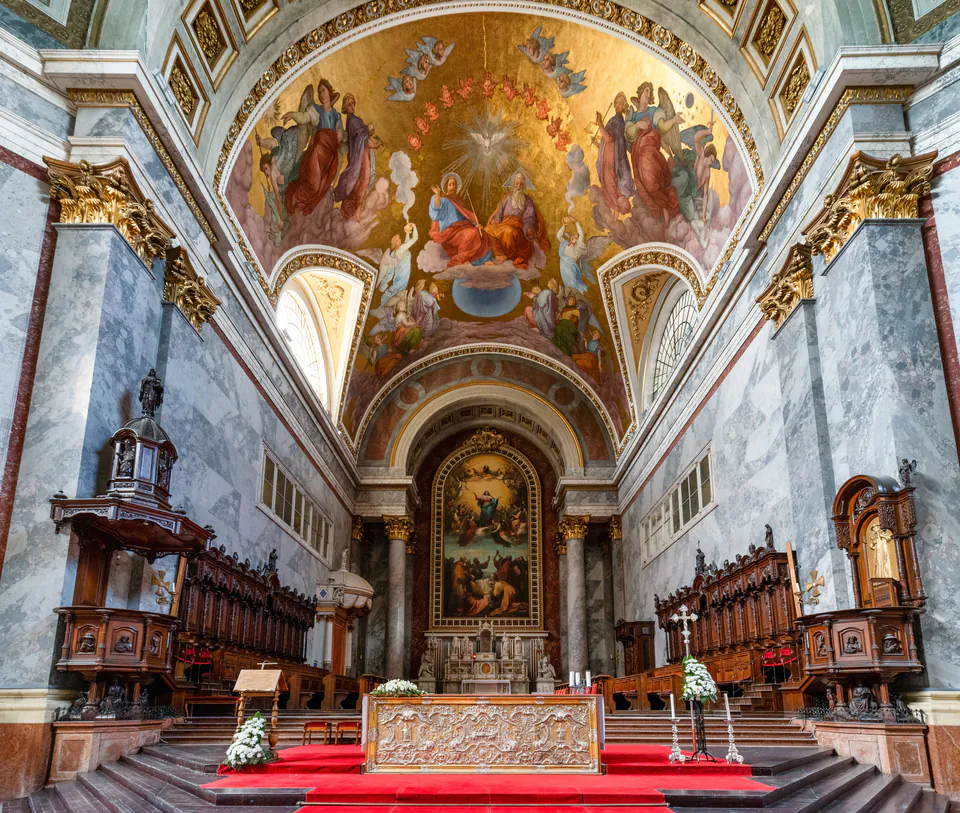
Esztergom Castle - Where Kings Lived
Up on Castle Hill, there's this dramatic castle that takes you back to when Hungary had kings. They started building it in 1070 under King Géza I, right on top of old Roman fort foundations. For centuries until the mid-13th century, the Árpád dynasty kings lived here, including St. Stephen himself, who was actually born in this place.
The Castle Museum does a great job preserving all this royal history. You can walk over 2,000-year-old archaeological layers that you see through glass floors, and explore palace remains from the 10th to 12th centuries. The Palace Chapel is often called the "pearl of the palace," and it's covered with frescoes from 1100 to 1300. The lion frescoes are really cool because they symbolized royal power back then.
St. Stephen's Room and Beatrix's Room have valuable Hungarian Renaissance paintings, and the White Tower gives you amazing views of the city and Danube. We discovered that the museum has different tour options, from a quick 30-minute Chapel tour to a full 1-hour Grand Palace experience.
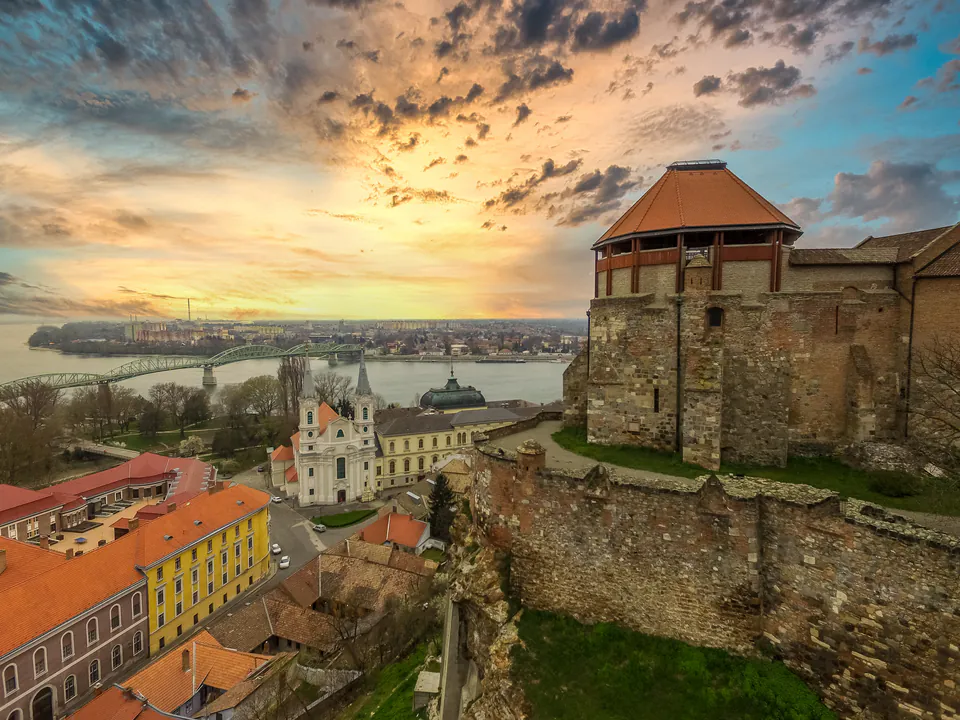
Christian Museum - Amazing Religious Art
This museum is in the impressive Primate's Palace in the charming Víziváros district, and it has Hungary's best collection of religious art. Archbishop János Simor founded it in the 19th century, and it opened as Hungary's third public museum on October 12, 1875.
The collection covers religious paintings, sculptures, and decorative art from the 13th to 19th centuries. The highlights include the stunning Calvary Altarpiece by Thomas de Coloswar, the Lord's Coffin from Garamszentbenedek, and Passion Pictures by Master MS. They also have beautiful tapestries, ceramics, ivory works, gold and silver pieces, antique clocks, stained glass, and rare medieval oriental rugs.
Víziváros and Széchenyi Square
The Víziváros (Watertown) district spreads along the Danube banks, and it gets its name from all the hot springs that used to be here. Founded in 1239, this historic area has nice Baroque houses, the Primate's Palace, and the Cathedral Library designed by József Hild.
Széchenyi Square is really the heart of Esztergom. It's the original market square with colorful old buildings and a public fountain. The square has tons of restaurants and cafes, making it perfect for trying traditional Hungarian food while you soak in the relaxed historic atmosphere.
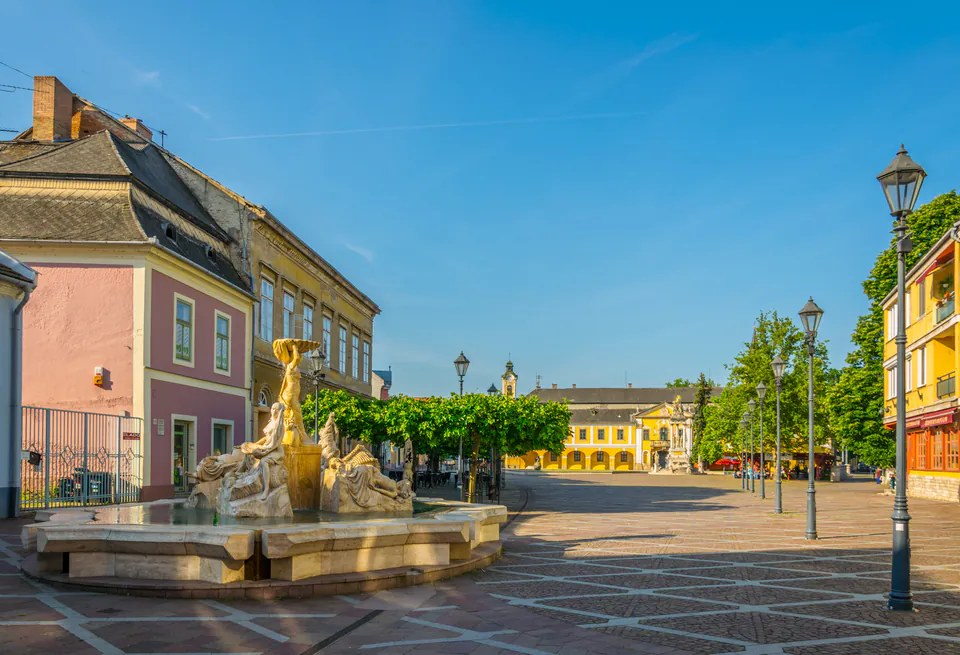
Mária Valéria Bridge - Walk Between Two Countries
This elegant bridge gives you something pretty unique - you can walk between two countries in just a few minutes. It connects Esztergom with Štúrovo, Slovakia, and has quite a story. Originally opened in 1895, it got destroyed during World War II and only reopened in 2001, which really shows how resilient people can be.
Standing in the middle of the bridge is pretty thrilling because you can literally have one foot in Hungary and another in Slovakia while enjoying great views of both sides of the river. We always walk over to Štúrovo for coffee or just to get a different view of Esztergom from across the river. The old Customs House on the Esztergom side reminds you that this bridge has been a border crossing for a really long time.
Özicseli Hadzsi Ibrahim Mosque
Hidden in the Víziváros district, this 17th-century mosque is a really interesting piece of Ottoman history. Built during the Ottoman occupation, it's the oldest still-standing mosque from the Ottoman Empire along the entire Danube River and Hungary's only two-story mosque.
After being used for different things over the centuries, including as a granary and house, the mosque has been restored as a museum. You can see the mihrab (prayer niche that points toward Mecca), and the complex includes the Veprech Tower and a peaceful Rose Garden.
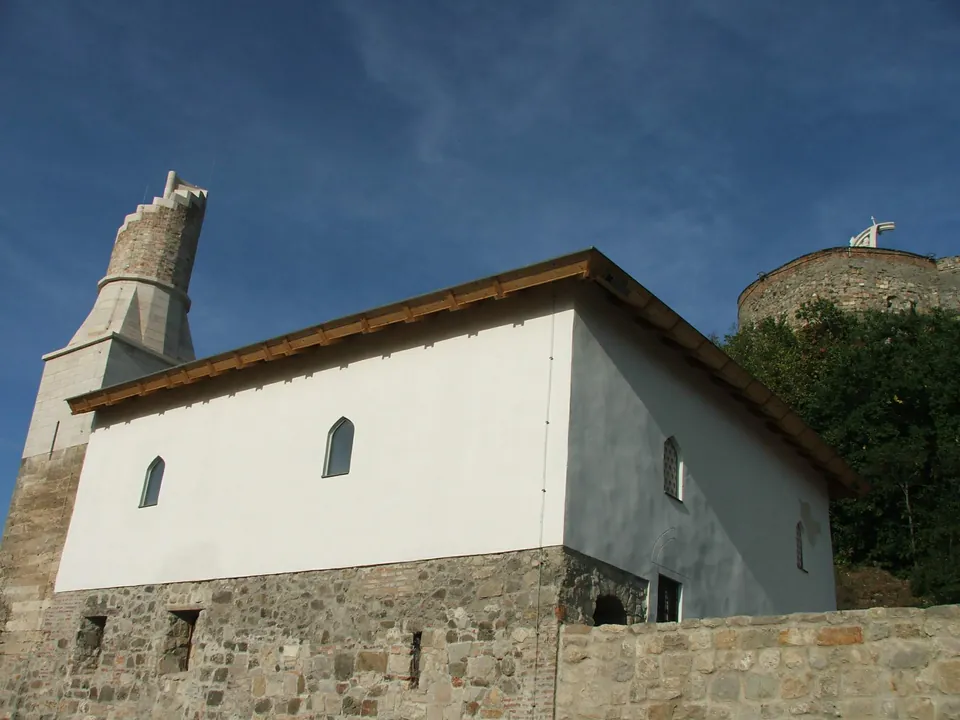
How to Plan Your Perfect Day
A good plan makes sure you see all the best parts of Esztergom without feeling rushed. The main attractions are all pretty close to Castle Hill and the historic center, so you'll be doing most of your exploring on foot.
What We Recommend for Your Day
Morning (9:30 AM - 1:00 PM) - The Big Sights Start your day at Castle Hill with the amazing Esztergom Basilica. Give yourself 1.5-2 hours to explore the main church, and definitely climb the dome for those incredible views. You might also want to check out the Treasury or the atmospheric Crypt depending on what interests you.
Next, head over to the Esztergom Castle Museum. You can choose from different tour options, from a quick 30-minute Chapel visit to a full 1-hour Grand Palace experience. We always focus on the Royal Palace remains and the historic Chapel with its beautiful frescoes.
Lunch (1:00 PM - 2:00 PM) - Riverside Food Head down to Víziváros or Széchenyi Square for lunch. Lots of restaurants here have traditional Hungarian food and nice Danube views.
Afternoon (2:00 PM - 5:00 PM) - Art and International Fun Spend some time at the Christian Museum in the Primate's Palace - about 1-1.5 hours should do it. Walk through the charming Víziváros streets and check out the Baroque architecture and riverside atmosphere.
Then comes the fun part - walking across the Mária Valéria Bridge into Slovakia. This "two-countries-in-one-day" thing is pretty cool and gives you great views. Maybe grab a coffee in Štúrovo. Give yourself about 45 minutes to 1 hour for this international adventure.
If you have time left, visit the historic Özicseli Hadzsi Ibrahim Mosque to see a bit of Esztergom's Ottoman past.
Late Afternoon (5:00 PM - 5:45 PM) - Coffee and Chill Relax at a café in Széchenyi Square or along the Danube promenade. This is perfect for trying traditional Hungarian pastries like Dobos torta or túrós táska.
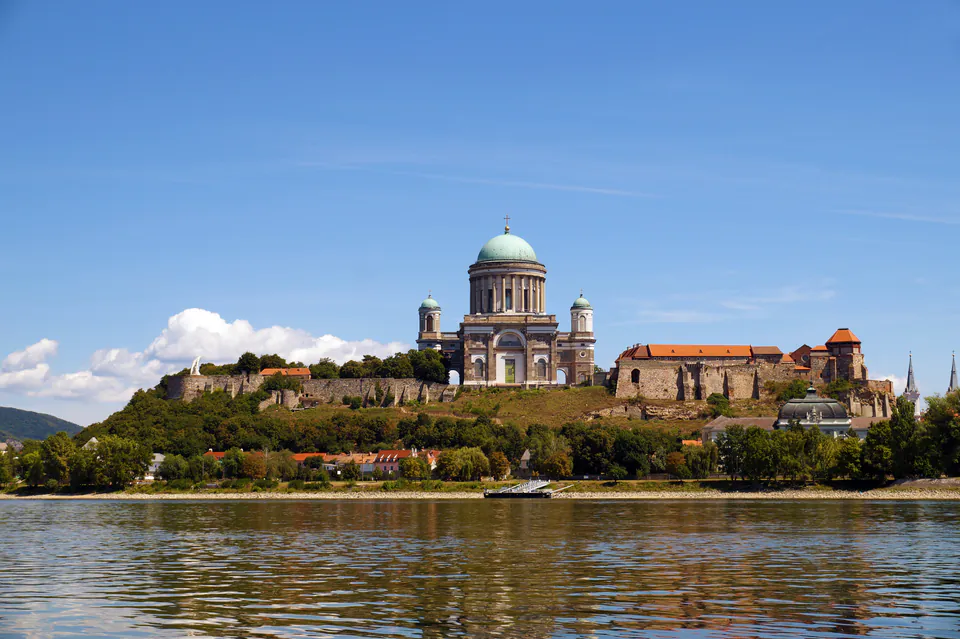
Where to Eat in Esztergom
Esztergom has some really good traditional Hungarian food and nice café culture. The restaurants here, especially the authentic "csárda" style places, are great for trying classic dishes in atmospheric settings.
Traditional Hungarian Places
Csülök Csárda on Batthyány utca specializes in traditional Hungarian dishes, especially pork knuckle, plus goulash, filet mignon, and various ham dishes. The rustic atmosphere works well for both locals and tourists, and it's good value for authentic food.
Prímás Pince is in this unique historic cellar space that dates back to when they built the Basilica. The restaurant has Carpathian Basin flavors with clearly marked vegan options, including creative dishes like brown mushrooms with pesto and millet pudding with wild berries. There's a panoramic elevator for easy Castle Hill access, and you need reservations for this special place.
Szalma Csárda on Primate Island really embraces traditional Hungarian csárda cooking. The big menu includes various soups (Goulash, Bean Goulash), fish dishes like Catfish stew "Szalma style," hearty pork dishes including "Esztergom style" preparations, and classic desserts like Apple Strudel. Main courses range from 3,300 to 4,200 HUF, so it's mid-range pricing.
Cafés and Sweet Stuff
Esztergom's café culture is great for breaks between sightseeing. Széchenyi Square and the Danube Promenade have lots of options for coffee and pastries.
Dunakorzó Cafe on Malom utca has excellent espresso with classic Hungarian pastries like Dobos torta or túrós táska in a nice atmosphere. Központi Kávéház Szamos Cukrászda has the famous Szamos confectionery brand with a traditional coffeehouse vibe and amazing cakes and pastries. Perfect for trying authentic Hungarian sweets.
When we're looking for local pastries, we always try to find Eszterházy Torta (walnut and buttercream layer cake), Rétes (strudel with different fillings), and Somlói Galuska (trifle-like dessert). Many places have terraces or windows overlooking the Danube, which really makes the dining experience much better with those beautiful views.

Good Stuff to Know Before You Go
Understanding local customs and practical details makes your Esztergom trip much better. From payment methods to language basics, these tips help you get around the city with confidence.
Best Time to Visit
The nicest weather for exploring Esztergom is from May to September, when outdoor activities and scenic walks are most enjoyable. Early autumn has beautiful conditions and maybe fewer crowds than peak summer. You might want to time your visit with local events like the Esztergom International Guitar Festival in spring or Saint Stephen's Day celebrations on August 20th.
Money and Payments
The Hungarian Forint (HUF) is the official currency. Credit and debit cards, especially Visa and Mastercard, work in most tourist places, restaurants, and bigger shops. Contactless payments are common throughout the city.
We always recommend carrying some cash in HUF for smaller purchases, local markets, or places that might not take cards. ATMs are easy to find, and when you're withdrawing cash, choose to be charged in local currency (HUF) rather than your home currency to avoid bad exchange rates.
Tipping follows Hungarian customs - around 10-15% of the bill in restaurants if service charges aren't included. Tips should be given in Hungarian Forints and are really appreciated for good service.
Language Basics
Hungarian (Magyar) is the official language, and it's a unique Finno-Ugric language that's not related to most European languages. While English is spoken in tourist areas, hotels, and many restaurants, learning basic Hungarian phrases is helpful and locals really appreciate it.
Essential phrases include "Szia" (SEE-yah) for informal hello, "Jó napot" (YOH NAH-poht) for formal good day, "Köszönöm" (KUH-suh-num) for thank you, and "Mennyibe kerül?" (MEN-nyee-beh KEH-ruhl) for "How much is it?"
Safety and Getting Around
Esztergom is a safe place for tourists, just use standard travel precautions. Be mindful of your belongings to prevent petty theft, especially in crowded areas or on public transport.
Accessibility varies a lot across attractions. The Esztergom Basilica has some accessibility features, including elevator access to the Treasury and Panorama View-Hall, but the Crypt and Dome Lookout require stairs. The Castle Museum is mostly not barrier-free, with only small parts accessible by wheelchair. If you have mobility concerns, contact attractions directly for current accessibility information.
Emergency numbers include Ambulance (104), Police (107), Fire Department (105), and the general European emergency number (112).
